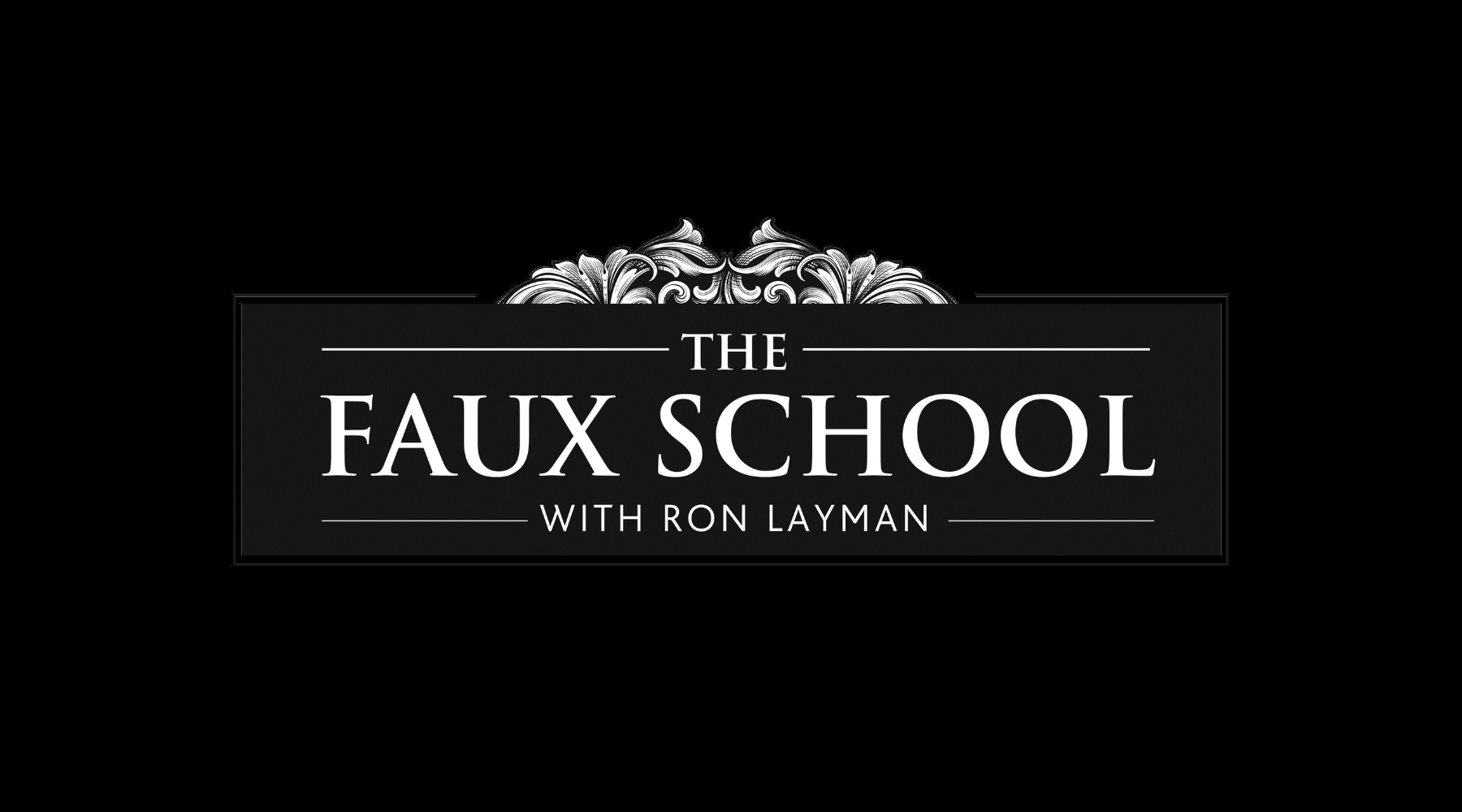16th century
The 16th century, a period of profound transformation and artistic brilliance that ushered in the Renaissance's golden age. Join me as we journey back in time to explore the cultural, intellectual, and artistic tapestry of this remarkable era.
The 16th century marked a pivotal moment in history, as the Renaissance reached its zenith and Europe experienced a wave of cultural rebirth. It was a time of immense curiosity, exploration, and a renewed interest in the arts, sciences, and humanities. The period witnessed groundbreaking advancements in various fields, including art, literature, philosophy, and science, shaping the course of human history.
Artists of the 16th century embraced the spirit of innovation and embraced new techniques and styles that would leave an indelible mark on the art world. One of the most notable figures of this era was none other than Michelangelo Buonarroti, whose mastery of sculpture, painting, and architecture captivated audiences across Europe. His magnificent works, such as the ceiling of the Sistine Chapel and the sculpture of David, showcased his unparalleled skill and artistic vision.
Another towering figure of the 16th century was the brilliant and enigmatic Leonardo da Vinci. Renowned for his artistic prowess and scientific curiosity, Leonardo's works epitomized the Renaissance spirit. His paintings, including the iconic "Mona Lisa" and "The Last Supper," demonstrated his meticulous attention to detail and a deep understanding of human anatomy and emotion.
The 16th century also witnessed the rise of an artist who would become an enduring symbol of creativity and innovation—Raphael. His serene and harmonious compositions, characterized by their idealized beauty and profound expression, captivated audiences and earned him the title of the "Prince of Painters."
But the artistic brilliance of the 16th century extended beyond these iconic names. It was a time of flourishing artistic centers, with cities like Florence, Rome, Venice, and Antwerp serving as hotbeds of creativity and artistic exchange. Artists from diverse backgrounds converged in these cultural hubs, exchanging ideas, techniques, and inspirations, resulting in a rich tapestry of artistic expression.
The 16th century also witnessed the emergence of new art forms and genres. The development of oil painting techniques allowed artists to achieve a greater level of detail and realism in their works. Portraiture became increasingly popular, capturing the essence and personality of individuals with remarkable precision. Landscape painting also gained prominence, with artists capturing the beauty of nature and the changing seasons.
In addition to the visual arts, the 16th century saw remarkable advancements in literature and music. Literary giants like William Shakespeare and Miguel de Cervantes penned their timeless masterpieces, while composers like Palestrina and Monteverdi revolutionized music with their intricate compositions and innovative techniques.
However, the 16th century was not without its challenges. It was a period of religious and political turmoil, with the Protestant Reformation and Catholic Counter-Reformation shaping the religious landscape of Europe. Artists found themselves navigating the complexities of these movements, often creating works that reflected the tensions and ideologies of the time.
As the 16th century drew to a close, it left an indelible legacy that continues to resonate today. Its artistic achievements and intellectual innovations laid the foundation for future generations, inspiring artistic movements and shaping the course of Western civilization. The cultural and artistic achievements of this period continue to captivate our imaginations and remind us of the boundless possibilities of human creativity.
So let us celebrate the splendor of the 16th century, a time when art, intellect, and imagination converged in a symphony of creativity. Through the brushstrokes of master painters, the verses of brilliant poets, and the melodies of visionary composers, this era continues to inspire us to reach for new heights and embrace the transformative power of the arts.
